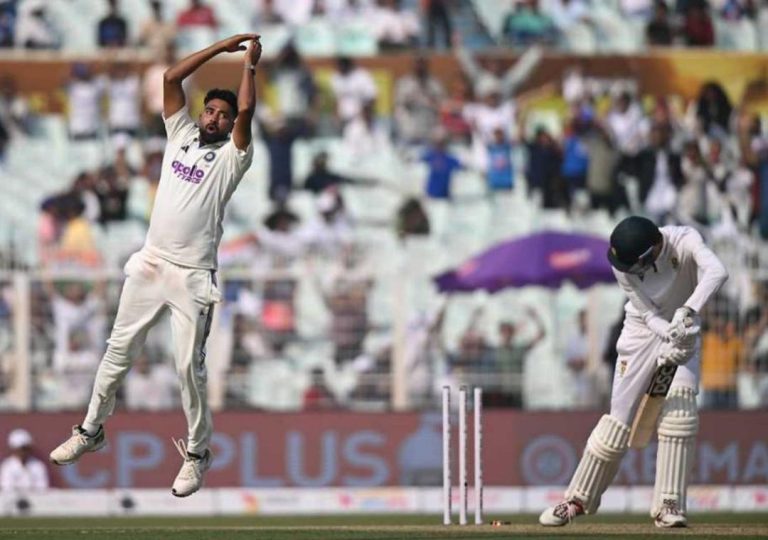
Cable TV Loses 5 Lakh Jobs as Digital Platforms Take Over
The Indian pay TV sector has been grappling with a significant crisis in recent years, with over 5 lakh jobs lost in the past seven years alone. This staggering figure is a direct consequence of the sharp decline in subscribers, driven by the rise of over-the-top (OTT) platforms, smart TVs, and free satellite services. The revenue of the sector has taken a hit, with a decline of 16% since 2019.
The writing is on the wall – the cable TV industry is in the midst of a profound transformation, and its ability to adapt to the changing media landscape is crucial to its survival. The sector’s decline is a harbinger of broader digital disruption, and it poses urgent challenges around workforce upskilling and the need to adapt to a post-linear media landscape.
The statistics are striking. According to a recent report, the Indian pay TV sector has lost over 5 lakh jobs since 2014, with the majority of these losses occurring in the past three years. This represents a significant decline, with the sector’s workforce shrinking by over 20% in the span of just seven years.
The primary drivers of this decline are the rise of OTT platforms such as Netflix, Amazon Prime, and Disney+, which have revolutionized the way consumers consume entertainment content. These platforms offer a vast array of content, including TV shows, movies, and original content, all accessible through a single subscription. This convenience and the vast content library have proven irresistible to many consumers, leading to a significant shift away from traditional cable TV.
Another factor contributing to the decline of cable TV is the increasing popularity of smart TVs. Smart TVs allow consumers to access a wide range of streaming services and apps, eliminating the need for a separate cable or satellite connection. This has led to a significant decline in the number of cable TV subscribers, as consumers opt for the flexibility and convenience offered by smart TVs.
Free satellite services are also playing a significant role in the decline of cable TV. With the advent of free satellite services such as Tata Sky and Airtel Digital TV, consumers are now able to access a range of channels without the need for a monthly subscription. This has led to a significant decline in the number of paid subscribers, further exacerbating the decline of the sector.
The decline of cable TV is not limited to India alone. The global pay TV sector is also facing significant challenges, with many operators struggling to adapt to the changing media landscape. The International Cable and Satellite Broadcasting Association (ICSB) has reported that the global pay TV market has been declining steadily since 2015, with a decline of over 10% in the past five years alone.
The impact of the decline of cable TV is far-reaching, extending beyond the immediate sector to affect the broader media and entertainment industry. The decline of cable TV has significant implications for the production of content, with many production houses and studios struggling to adapt to the changing landscape.
The challenge ahead is significant. To adapt to the post-linear media landscape, the cable TV sector must undergo a fundamental transformation, embracing new technologies and business models. This requires significant investments in upskilling and reskilling, as well as a willingness to adapt to changing consumer habits and preferences.
In conclusion, the decline of cable TV is a stark reminder of the need for the sector to adapt to the changing media landscape. The loss of over 5 lakh jobs in the past seven years is a stark warning of the urgent need for upskilling and reskilling, as well as a willingness to adopt new technologies and business models. The sector’s decline is a harbinger of broader digital disruption, and it is imperative that the sector takes proactive steps to adapt to the changing media landscape.
Source: https://youtu.be/AMHTmYb_Hz8





